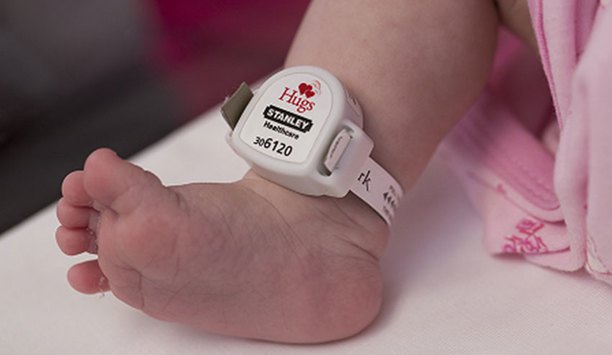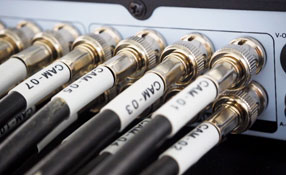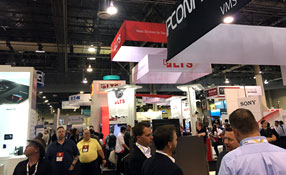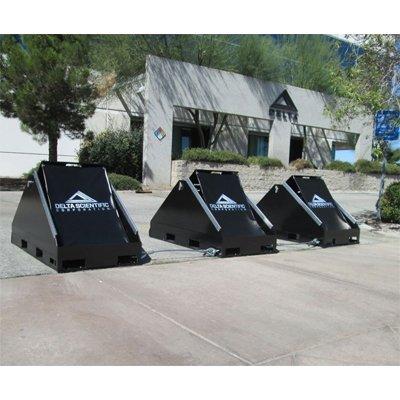The security industry continues to move away from closed, proprietary systems and instead is fine-focused on open solutions that assist the move to total integration. The benefits of achieving this feat belong to both installing company and end user.
Benefits of open security solutions
Open, interoperable systems make it easier to integrate a wide array of sensors, devices and communication technologies across the enterprise. That means quicker installations, lower labor costs and heightened system uptime. For the end user, systems that talk to each other more readily equal an enhanced solution yielding comprehensive security, life safety and data security.
ISC West, April 14-17 in Las Vegas, is drawing near, and the Physical Security Interoperability Alliance (PSIA) is hosting a Physical-Logical Access Interoperability (PLAI) demo on Thursday, April 16 at 9:30 a.m. The focus of the session is on interoperability of physical access control systems (PACS) as well as securing PACS data.
When a specification is in place, it’s easier to take advantage of future and next-generation products, which can be added incrementally and at a lower total cost of ownership |
PSIA demo to focus on Physical-Logical Access Interoperability (PLAI)
The session will highlight the capabilities of PLAI’s proposed specification, says David Bunzel, PSIA executive director. “PSIA as an organization looks at the entire security ecosystem and interoperability - including access control (area control), video surveillance, storage and analytics. Everything needs to communicate to reap rich data that can be shared easily across the enterprise,” he says.
The session will include a live demonstration of PLAI, which provides a conduit from the logical security system that establishes privileges, to the physical security system that allows access, and relates to identity management and the identification card. “We recognize that a company can establish a robust security plan, but unless the identification badge process is effectively managed, security can be easily compromised,” Bunzel says.
The PLAI specification would provide the following:
- Establish role-based privileges at an authoritative identity source and propagate logical data throughout multiple PACS from different vendors at various locations.
- Streamline employee security on-boarding with the initial registration of an employee from an authoritative source (IT or HR logical directory) flowing directly to a PACS.
- Propagate credential information of an employee from one PACS to others, supporting seamless enterprise-wide access control.
- Easily revoke physical access privileges across multiple PACS.
Bunzel says, as PSIA has evolved, the organization continues to recognize the challenges of networked, enterprise PACS. “Our discussions on the proposed specification evolved through a discussion of access control activities. We are making facilities secure, but people need an access badge to get in and out. If you can’t make an access badge more secure then you have a problem. Where PLAI comes in is that it establishes a common means to invoke and revoke privileges in near real time, seamlessly through HR or a trusted source. If someone is done working at a facility, it revokes your privileges. PLAI integrates and updates permissions across different facilities or even PACS – through a common communication language.”
Interoperability and installing companies
Bunzel says specification-designed interoperability is critical to installing companies. “Every integration company is different and has a wide range of capabilities. They need things that will make installing easier. They might not have IT people on board or limited experience in software; they need plug and play. We are taking some of the heavy lifting out of the technology equation,” he says.
He adds that when a specification is in place, it’s easier to take advantage of future and next-generation products, which can be added incrementally and at a lower total cost of ownership.
Bunzel says the Internet of Things will only increase the need for interoperability. “There needs to be common communications so devices can be optimized. Ultimately, more shared data, effectively managed, will enhance a company’s ability to secure and protect employees and facilities.”
Learn why leading casinos are upgrading to smarter, faster, and more compliant systems
















































